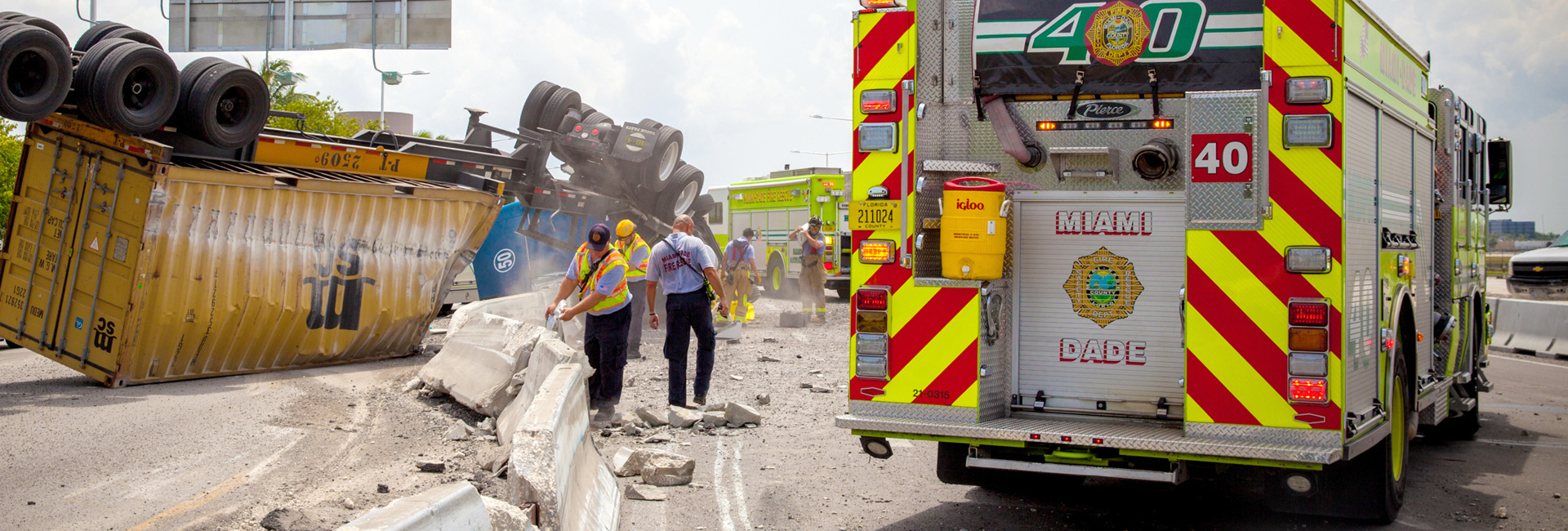Safety Tips: Beach Safety
Surf conditions will be your most challenging safety issue on the beach. What looks like soft mounds of water, gently rolling toward the shore can actually be way more than you can handle once you get out there. It is crucial that you know your own swimming abilities and the abilities of your companions, especially if they are children.
Remember that swimming in the ocean is not like swimming in a pool. A strong pool swimmer does not automatically translate into a strong ocean swimmer. Unlike a pool, the ocean is a dynamic body of water in a constant state of motion and change.
Check the tide. Low tide is generally safer, since the water is shallower, but remember it won't stay that way. You can often walk out to a sandbar during low tide, but a short time later, when the tide comes back in, you might have to swim in order to get back to shore.
There are varying currents in the water along the same shoreline, and these currents continue to shift in direction and speed. The most dangerous currents are rip currents. Often incorrectly called "rip tides" or "undertows," rip currents are narrow, fast-moving belts of water that travel from the shore out into deeper water.
Rip currents are the leading surf hazard for all beachgoers. Every year in the U.S., rip currents cause over 100 drownings and account for more than 80 percent of all beach water rescues. These currents do not pull swimmers underwater; they pull swimmers away from the shore. Drowning deaths occur when swimmers are unable to stay afloat long enough to swim back to shore.
Because rip currents can occur on any beach with breaking waves, everyone should know the basics of how to survive a rip current:
- Remain calm and don't try to swim against the current. Instead, swim out of the current in a perpendicular direction, following the shoreline. Once you are out of the current, then swim back to shore.
- If you cannot swim out of the current, float or lightly tread water to conserve your energy until you are out of the current, then swim to shore.
- If you see someone in trouble, get help from a lifeguard. Many people drown while trying to save someone else from a rip current.
Marine life is another hazard you might encounter. While sharks are the most feared marine-animal, they are not the most likely to threaten you on the beach. According to statistics, you have a much better chance of being struck by lightning than being attacked by a shark.
You are more likely to encounter jellyfish, man-o-wars, and stingrays. These creatures are not usually life-threatening unless you are allergic to them or the sting inhibits your ability to swim to safety. Always advise lifeguards if you have encountered any of these animals so they can monitor the beach for more.
Some other general precaution tips:
- Never swim alone.
- If possible, always choose to swim at a lifeguard-protected beach.
- Closely supervise children at all times, even if they are not in the water.
You're probably thinking that it would be great if there were some sort of warning system for these hazards. Well, actually there is! We have a uniform warning flag system for use on all public beaches in Florida. Public beaches throughout the state use the same exact warning flags with signs describing the flags and their corresponding hazards.
- The double red flag means the "beach is closed to swimmers."
- The single red flag means "high hazard" because of high surf and/or strong currents.
- A yellow flag means "medium hazard" with moderate surf and/or hazards.
- A green flag means "low hazard" and calm conditions.
- The purple flag indicates the presence of dangerous marine life.

Fire Rescue
Raied "Ray" Jadallah
R. David Paulison Fire Rescue Headquarters
9300 NW 41st Street,
Miami, FL 33178-2414
786-331-5000

